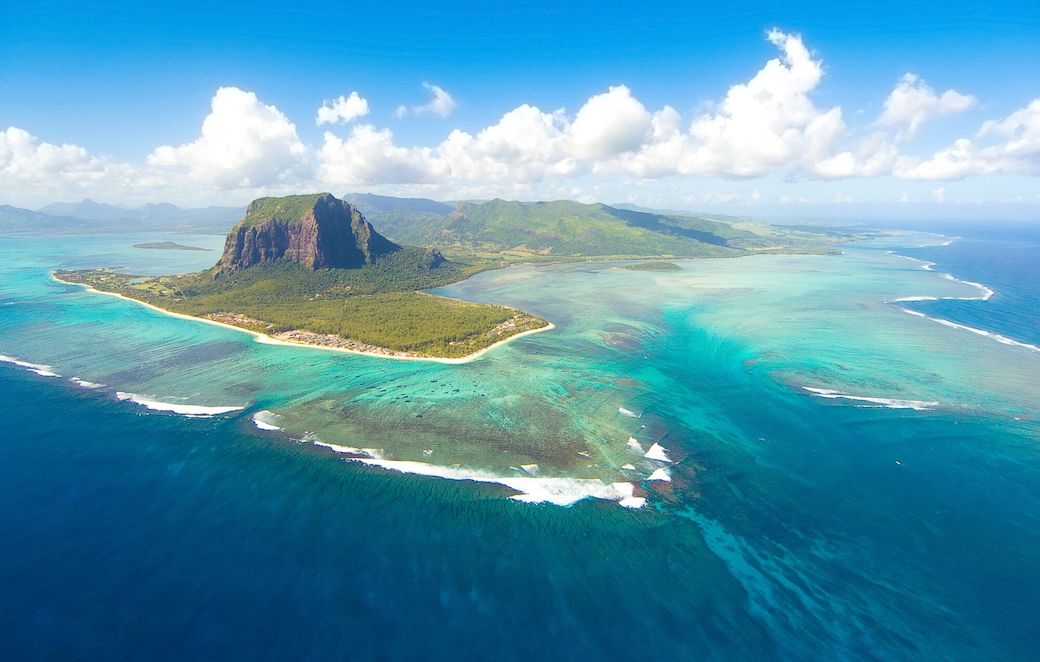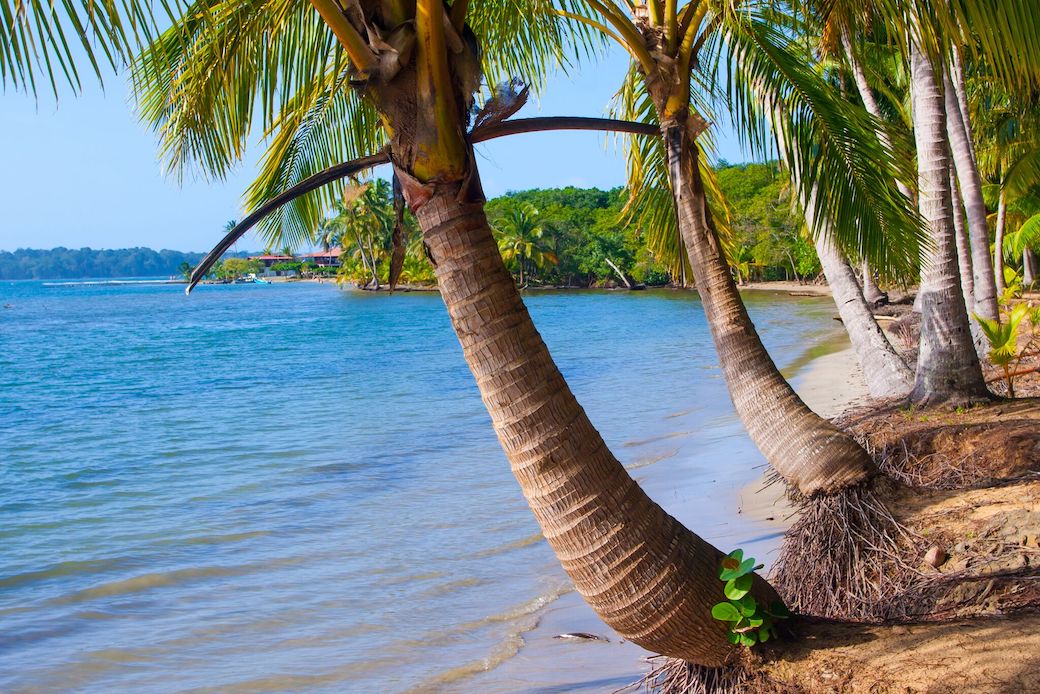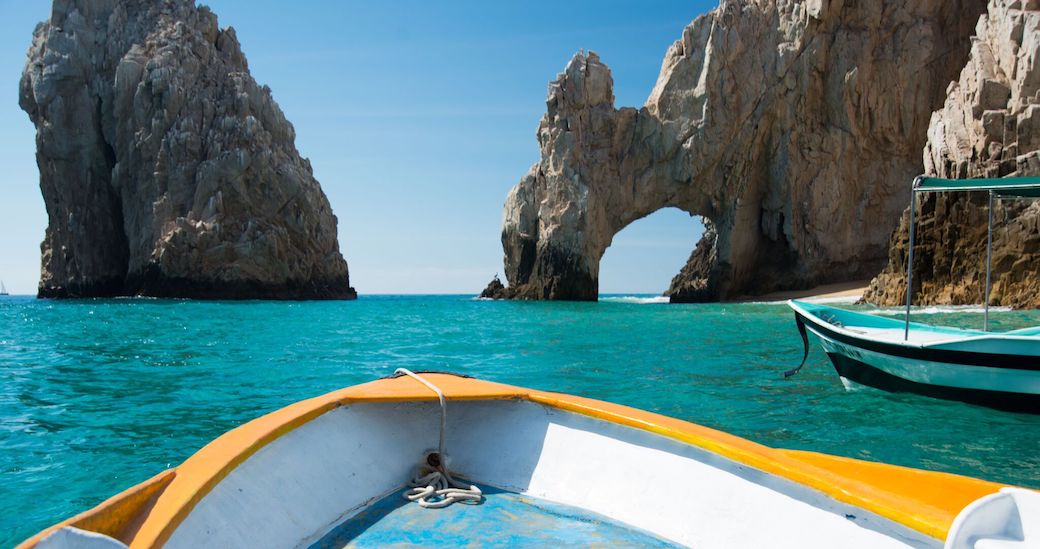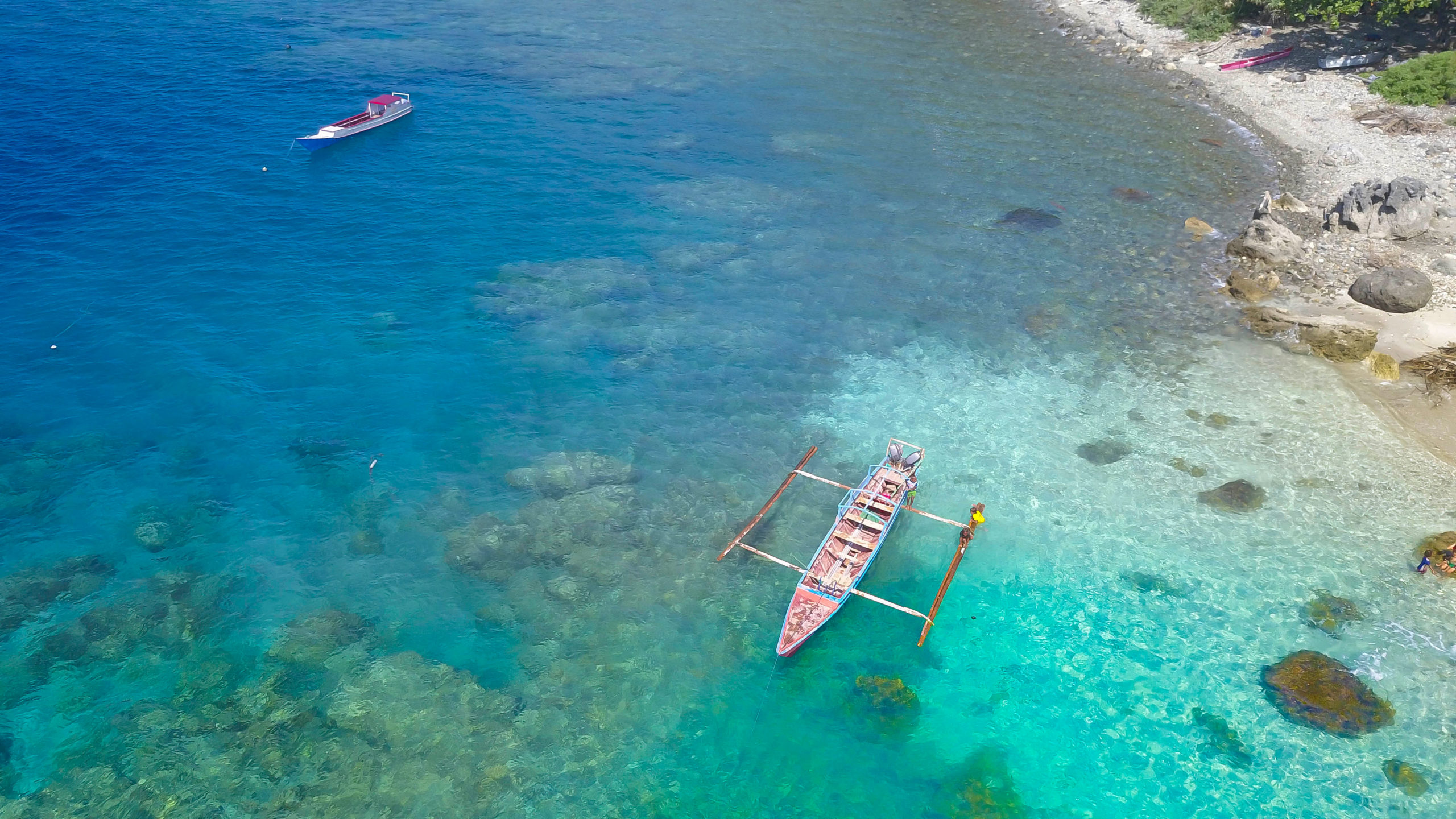Solimar believes that sustainable tourism has the potential to not only mitigate the potentially harmful impacts of visitation to natural areas, but can also act as a powerful tool to support conservation of the ecosystems upon which it depends.
And we’re not alone. Over the past few years Solimar has been increasingly approached by various conservation partners who want to know how tourism can become a bigger part of their conservation approach. From global organizations like World Wildlife Fund and Wildlife Conservation Society to protected area managers in Mexico and Central America.
The up tick may be due, in part, to the unrelenting growth of global tourism. As more than one billion travelers traverse the globe each year, efforts to reduce their impact must increase, especially in fragile ecosystems. Another reason is the fact in many places, particularly protected areas in developing countries, tourism is one of the few non-extractive economic alternatives for local communities who traditionally rely on unsustainable hunting, fishing and agriculture.
Sustainable tourism presents an opportunity to develop local economies dependent upon the preservation of natural resources rather than their extraction, and to align the interests of protected area managers with communities and tourism industry representatives.
Solimar’s approach to tourism and conservation planning begins with a blueprint. We develop a comprehensive understanding of the direct and indirect threats to biodiversity at a site, with a focus on the human socio-economic conditions that often lead to environmental degradation such as lack of economic alternatives, awareness, and industry standards. This assessment is done in close collaboration with our conservation partners.
With that knowledge, we then employ our “Tourism Conservation Models” that contain nearly twenty unique strategies that directly link sustainable tourism to on-the-ground biodiversity conservation efforts. Developed over nearly a decade of analyzing successful and replicable tourism projects (both ours and others) that have resulted in conservation contributions, the Tourism Conservation Models harness the resources that successful tourism can generate – including money and the engagement of local beneficiaries – to support habitat and species protection.
Another central pillar of Solimar’s approach to biodiversity conservation is our adoption and application of the “Global Sustainable Tourism Criteria” in many of the projects we manage. Developed by a coalition of 27 organizations (including WWF, TNC, IUCN, UNEP, UNDP and UNF), the criteria represent an integration of a variety of the best and most respected global tourism certification programs. Solimar helped manage the collaborative process that resulted in the criteria, and have now worked with countless hotels, tour operators and destinations to help them better understand and reach compliance with tourism sustainability best practices and standards.
What to Expect
- Thought Leaders – Nearly a decade of implementing sustainable tourism programs with consideration for how they can contribute directly to biodiversity conservation efforts.
- Participatory Planning – A proven ability to engage multiple stakeholders – including public sector, industry representatives, NGOs and communities – in tourism and conservation planning and implementation.
- Threat Assessment – Through our proven methodology, Solimar will undertake our comprehensive biodiversity threat assessment process that identifies socio-economic conditions that can be affected by sustainable tourism development as a way to achieve threat reduction.
- Conservation Best Practices – Solimar has a deep understanding of tourism sustainability best practices and standards, as well as ways to leverage compliance to increase product differentiation and value proposition.
- Proven Models – Application of Solimar’s “Tourism Conservation Models” which harness the power of sustainable tourism, and the resources it generates, in order to:
- Improve Tourism Standards and Best Practices
- Increase Environmental Awareness and Conservation Constituencies
- Increase Income Diversification
- Increase Monitoring & Research
- Increase Tourism-Generated Conservation Financing
- Increase Conservation Partnerships







